UCI reveals technology used to detect mechanical doping
'We have a system to detect technological fraud and stop this form of cheating,' says Cookson
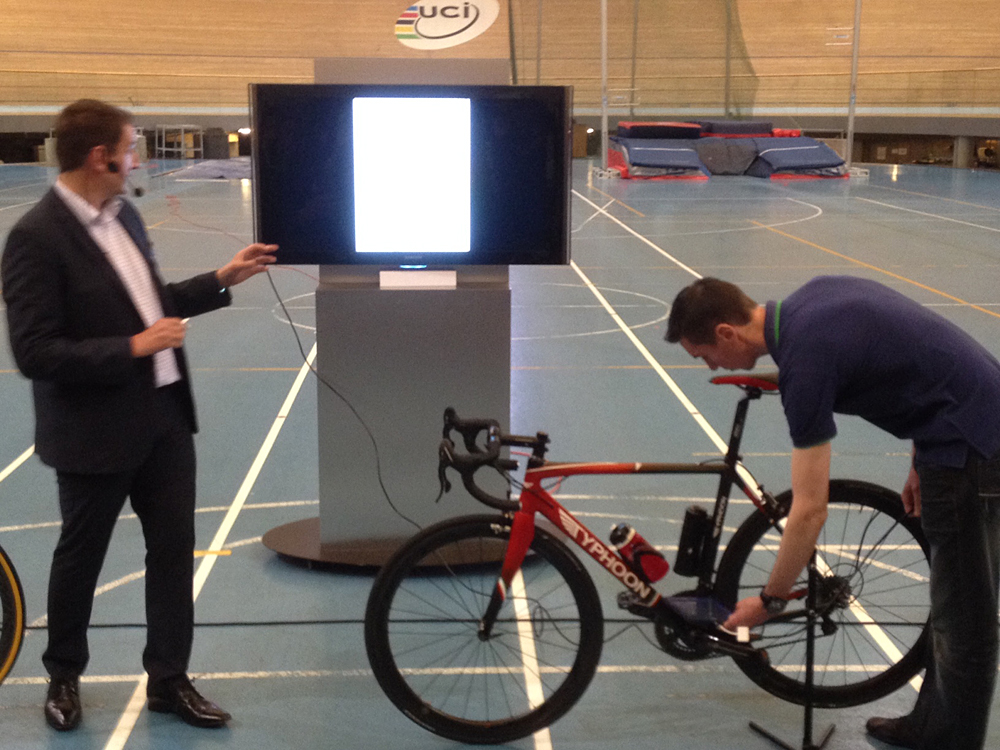
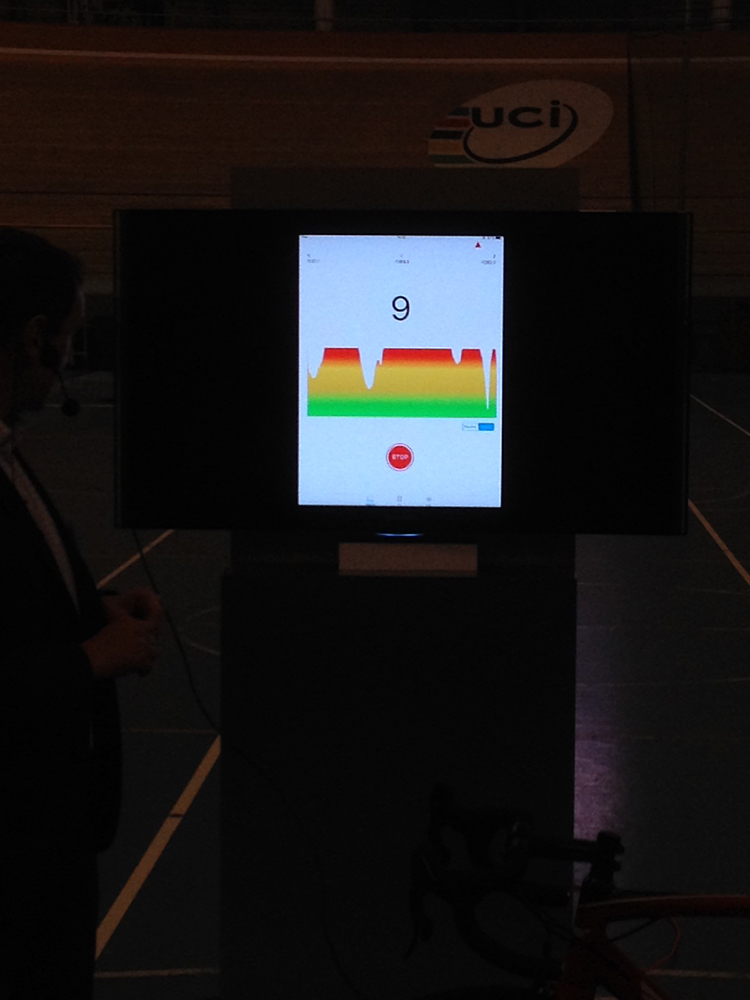
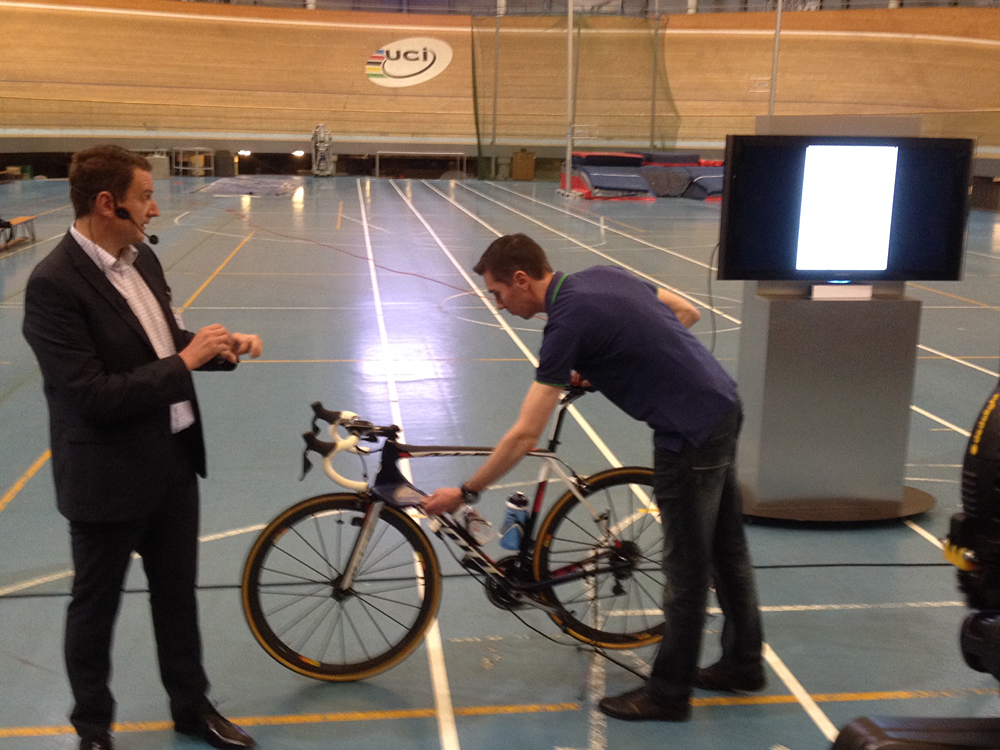
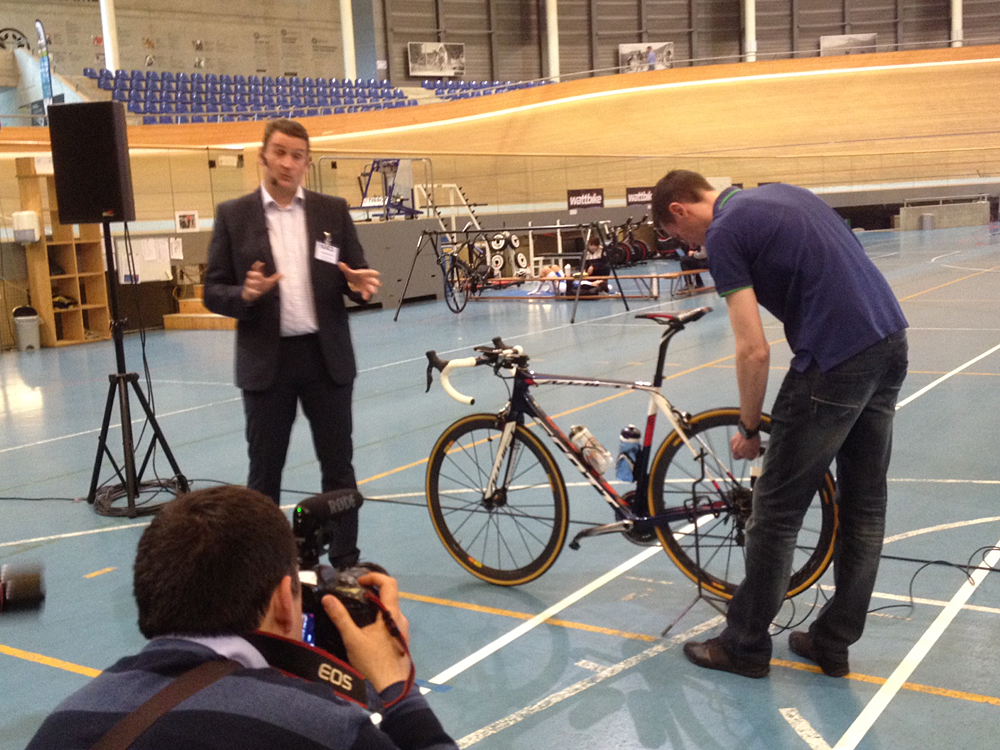
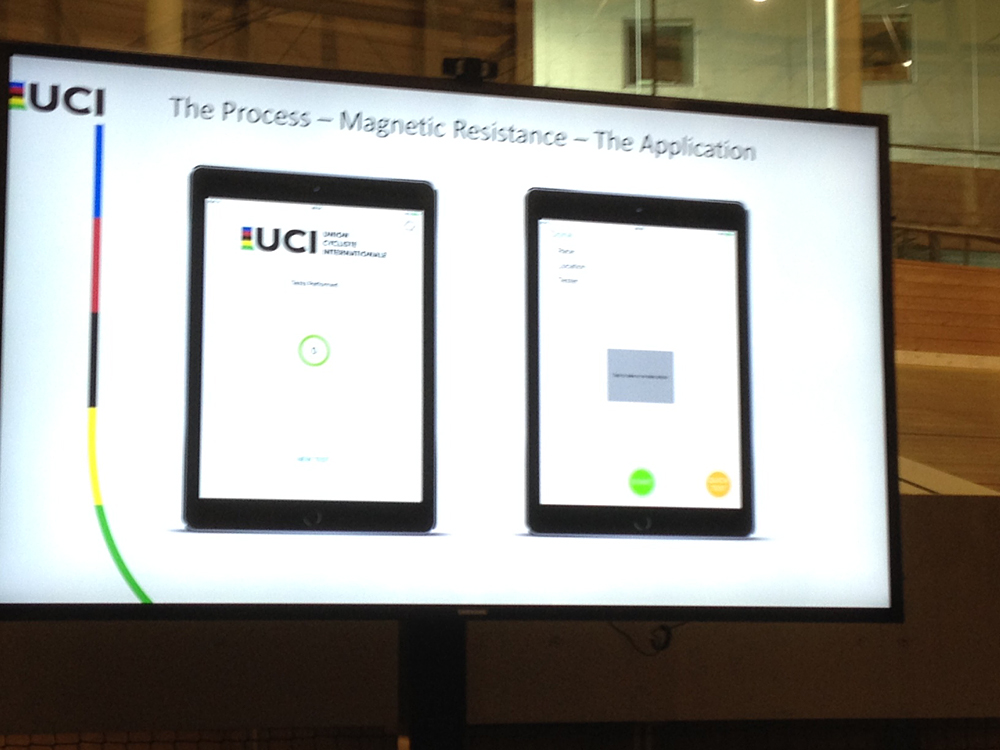
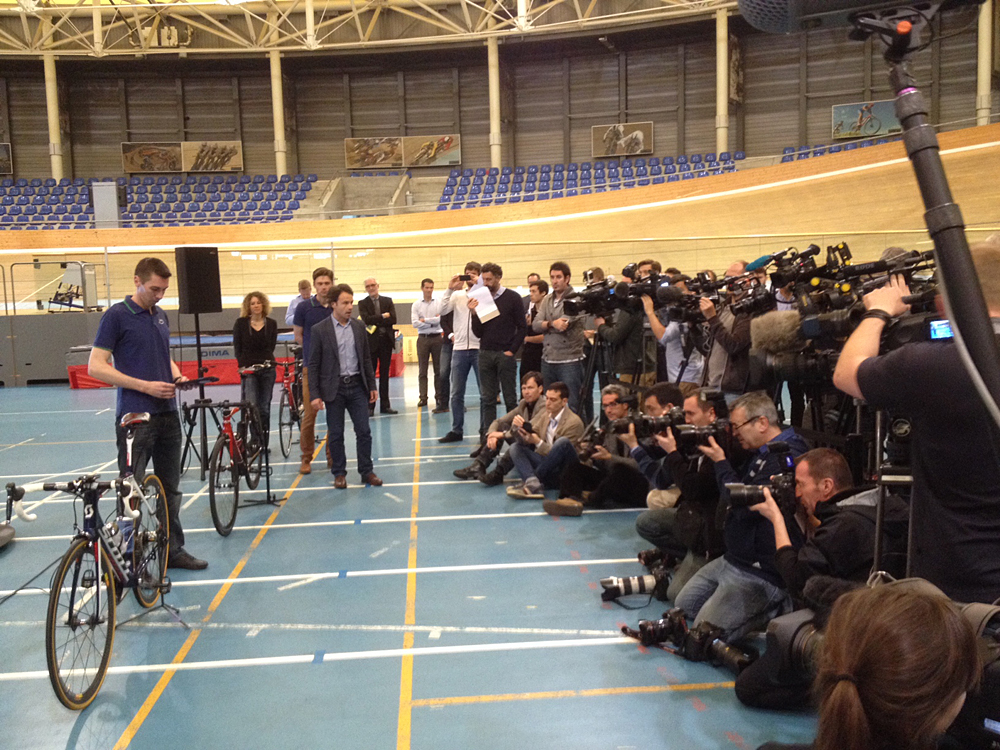
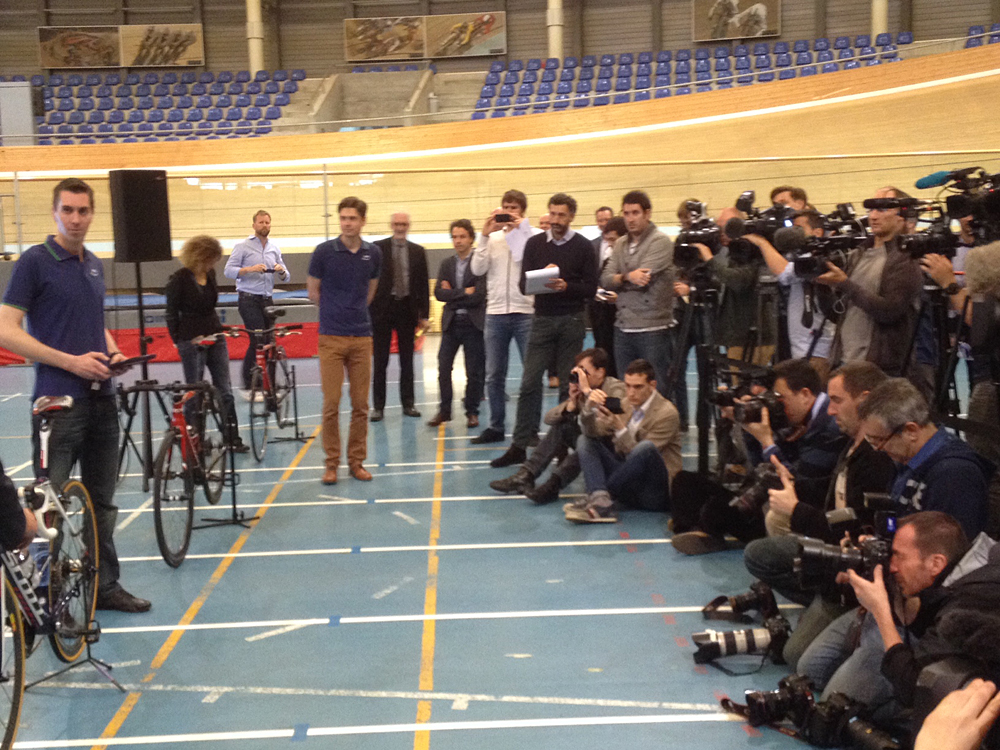
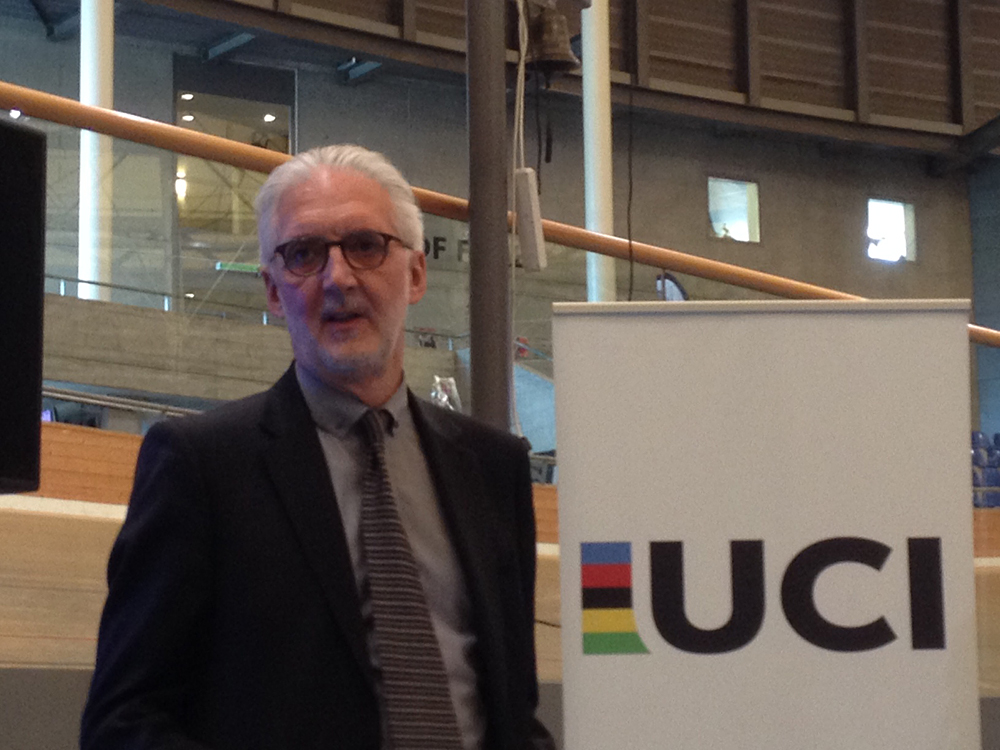
The UCI has revealed details of the technology it uses to check for mechanical doping at a special demonstration to selected media, including Cyclingnews, at the UCI Headquarters in Aigle, Switzerland.
Mechanical doping used in Strade Bianche and Coppi e Bartali, claims investigation
Bugno calls on UCI to use heat cameras to detect mechanical doping
Contador backs lifetime ban for mechanical doping
Boonen: Mechanical doping is the lowest of the low
Tour de France director says fight against mechanical doping must be top priority
UCI Technical Manager Mark Barfield and UCI President Brian Cookson reiterated their belief in the use of a tablet device to detect magnetic flux density of hidden motors or magnetic wheels. The UCI clearly wanted to send out a strong message of deterrent to anyone thinking of using mechanical doping in the sport.
The UCI has worked hard to show it is serious about fighting mechanical doping in recent weeks, especially since a rudimentary hidden motor was discovered in a bike belonging to Belgian and European under-23 champion Femke Van den Driessche at the cyclo-cross world championships in January.
The recent investigation by the French Stade 2 television programme and Italian newspaper Corriere della Sera suggested that motors are in use in the professional peloton and suggested that the most advanced form of mechanical doping is hidden in the rear wheel, with a series of magnets producing a small but significant power source to boost performance.
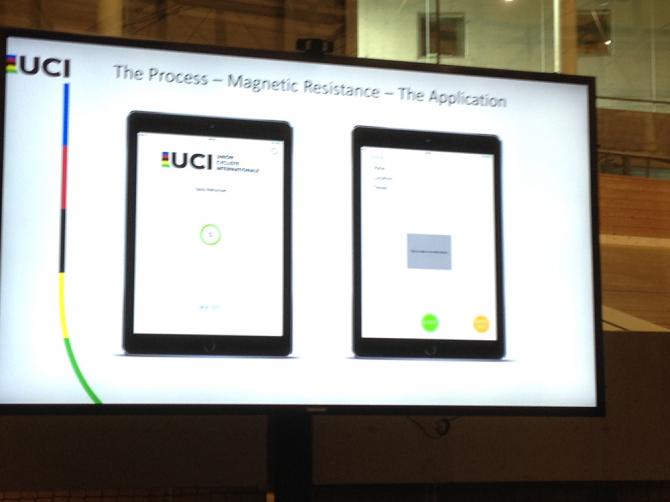
“There’s been a huge amount of interest in this and that we’re not taking it seriously enough, that the technology is not well researched; so we wanted to demonstrate that we’ve put a massive amount of resources into this and that we’ve got a really good system and partners that have helped us develop the technology,” Cookson told Cyclingnews.
“Technological fraud is something we think is a serious threat to our sport and so we’re taking it seriously and taking appropriate action. We know that the technology exists and we have invasive testing. Now we’ve got a system that is effective as the demonstration showed. It can be done quickly, can do large number of bikes before and event, after and event and even during an event when bikes are changed during races. I think we’ve got something that is a good answer to the problem.
“There is a message to the cheaters who are thinking of using this method: Don’t. Because we will catch you. The very first time this technology was deployed, we caught somebody and that’s a major disincentive to anyone else.”
Get The Leadout Newsletter
The latest race content, interviews, features, reviews and expert buying guides, direct to your inbox!
- Read more:
- LeMond: The UCI should use a heat gun to detect motors
- UCI confirms motorised doping uncovered at cyclo-cross World Championships
- Merckx calls for life bans for motorised doping offences
- Froome calls on UCI to increase checks for motors
- Electromagnetic wheels are the new frontier of mechanical doping, claims Gazzetta dello Sport
- Mechanical doping and what it means for cycling - Cyclingnews Podcast
- Mechanical dopers should be heavily punished, says CPA
- UCI check ten teams for mechanical doping at Paris-Roubaix
- Mechanical doping used in Strade Bianche and Coppi e Bartali, claims investigation
- Van den Driessche handed six-year ban for mechanical doping
An iPad to detect magnetic fields
Barfield revealed that the tablet device used to check bikes is an Apple iPad mini equipped with special software, with the simple scanning technique and testing developed with the Typhoon brand of high-end e-bikes. Barfield and the UCI inspectors carried out tests for the benefit of the media, highlighting what they claim are the benefit of searching for changes in magnetic flux density. During a simple demonstration in the track centre of the UCI velodrome, the tablet device was able to detect a hidden motor in the down tube of the Typhoon carbon fibre bike.
Barfield –who previously worked in the world of triathlons in Britain before joining the UCI, explained why he dismissed other forms of technology such as ultrasonic, x-ray and even thermal imaging. He admitted that thermal imaging devices as used in the Stade 2 investigation can detect the heat created from hidden motors but he suggested that it was possible to fit a thermal shield to prevent detection and also said using thermal imaging in races would need motorbikes alongside the riders, sparking safety concerns.
The UCI has been critical of the investigation but faced questioning from Thierry Vildary and Marco Bonarrigo in the track centre of the UCI headquarters.
“We believe the technology we used is more effective that what they used in the investigation and we believe that the result they showed were inconclusive,” Cookson said.
“The media love a sensation and bad news travels faster than good news. But we believe we now have a system to detect technological fraud and stop this form of cheating. I think if a rider or team is caught cheating in this way, for me, it’s the end of their credibility. All their previous victories would count as nothing, I can’t imagine that a sponsor would want to be involved in a team where they cheat with technological fraud.”
The UCI has carried out numerous of check at races using the tablet but Barfield refused to reveal their testing strategy of when and where they will test.
“Were happy to explain in broad terms how we test but we are more reserved on when and where,” he said.
“At races we approach a team and so they make their bikes outside on bus and on cars available. Then we go to the finish and we monitor the race, we speak to race official and we follow the race on television and social media. To do that to get indications on who to test and why at end of a stage. We’ve tested top riders, other times we’ve tested the top 35 in a race. It’s important to be flexible and unpredictable.”

Stephen is one of the most experienced member of the Cyclingnews team, having reported on professional cycling since 1994. He has been Head of News at Cyclingnews since 2022, before which he held the position of European editor since 2012 and previously worked for Reuters, Shift Active Media, and CyclingWeekly, among other publications.